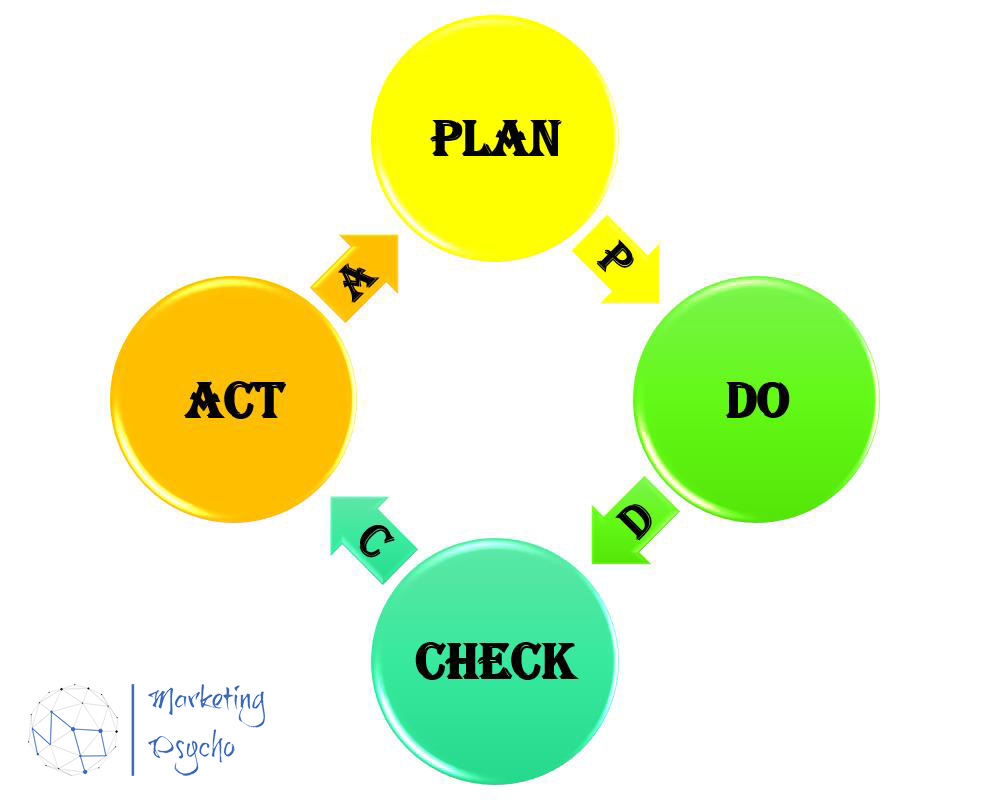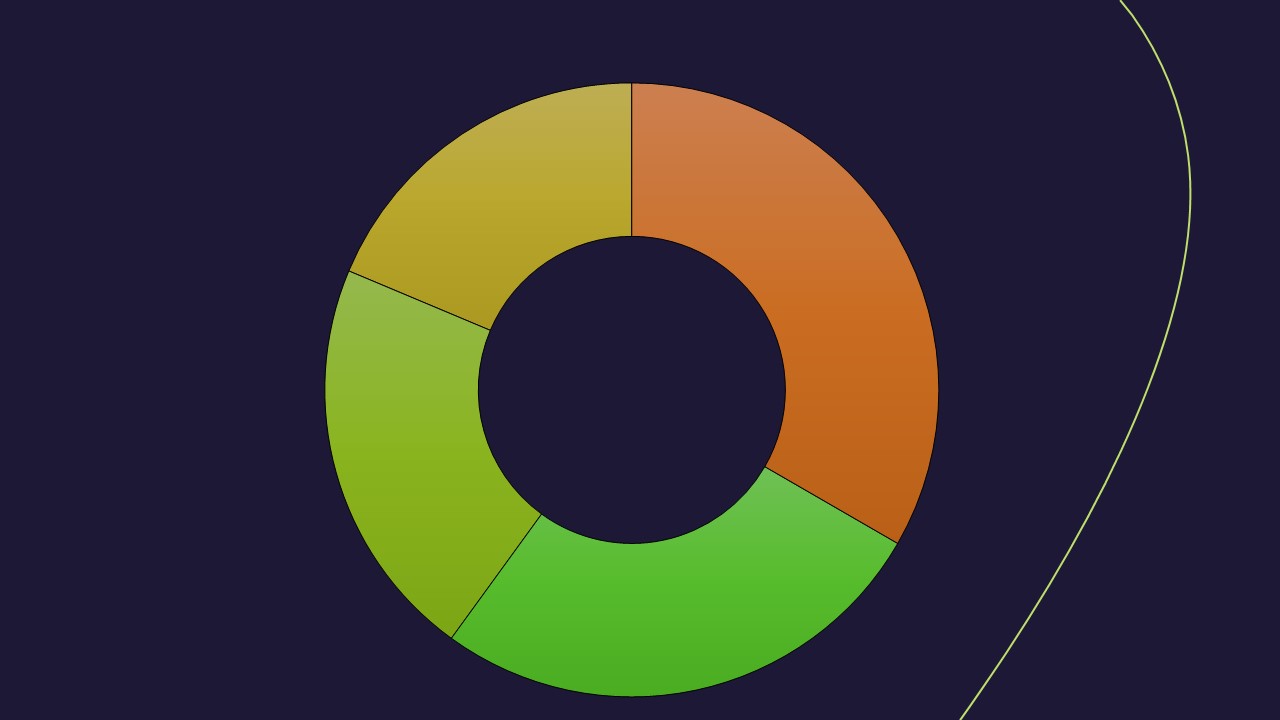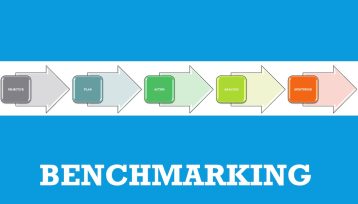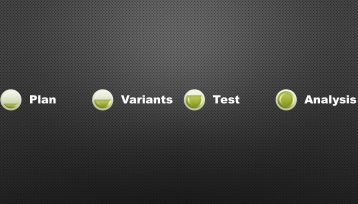PDCA is an incessant management cycle used to continuously improve quality and control of business processes. Other names for this method are Deming Cycle, Shewhart cycle, Deming Wheel, or Plan-Do-Study-Act (PDSA).
The PDCA method was developed by William Edwards Deming, an American engineer and management consultant, based on the work of an American physicist and engineer Walter Andrew Shewhart. William Edwards Deming developed the ideas of Walter Andrew Shewhart in his book The New Economics: For Industry, Government, Education and called this method “Shewhart cycle”.
PDCA is an abbreviation formed by the words Plan, Do, Check, Act

- Plan. At this stage, we set goals and form an action plan. We define resources.
- Do. Implementing the action plan. Here we get the actual information and generate reports. We document activities and results.
- Check. We analyze the data and compare the results with the forecast. It is necessary to understand at this stage of the cycle whether the process has improved or not. If the result is not what you predicted, you need to understand why you failed to predict this result.
- Act. We adjust our activities for optimization. We decide what changes are necessary. At this stage of the cycle, we implement the recommended changes. It is necessary to correct the detected shortcomings. We prepare and start a new cycle.
PDCA means working on continuous business improvement. The cycle should be repeated over and over again to ensure that the organization has the agility to adapt to a changing environment and to implement stable development of processes. This model is suitable for use in any business process of the organization.
When applied to managing the work of the marketing department in a company, you must work to continuously improve each stage of the marketing process. Let’s take the marketing process of product promotion as an example.
PDCA in Marketing
Plan
First, we choose a product promotion strategy and fix the main goals (they can be both economic: increasing demand and sales, and non-economic: informing consumers about the product, creating a favorable image, increasing customer loyalty, etc.). Depending on the goals, we create an action plan.
The action plan can include the following elements:
- set the period of the campaign
- identify the target audience
- choose the means of promotion
- select the communication channels
- set KPI that evaluate the effectiveness of the promotion strategy
- make a budget
Do
At this stage, we are doing what we have planned. You must adhere to the action plan and realize it. You implement planned indicators and monitor their performing, collect analytics.

Check
Based on the information collected, you analyze the data. You compare the results and draw conclusions based on plan/fact deviations. For example, do you meet the deadlines set in the action plan? If not, then why. What resources did we use in the implementation of the plan? What resources do we still need? For an objective assessment at this stage, KPI will also help you.
Act
Here you make changes to the plan. At this stage, based on the conclusions made in the third stage of the cycle, you make adjustments to the action plan to improve the process. (for example, you change communication channels or try other means of promotion). Once the process is complete, you are ready for a new cycle.
PDCA is a universal tool. You can implement this model in your company and adapt it to your business processes.
To find more marketing analysis tips go to Marketing Analysis section of the website.




